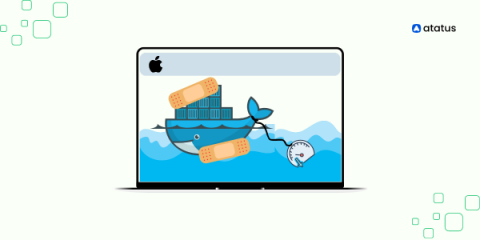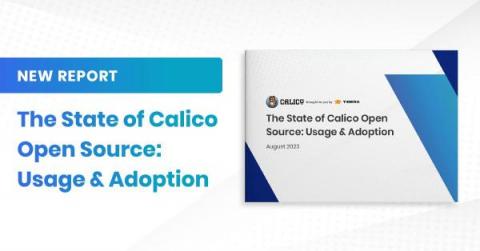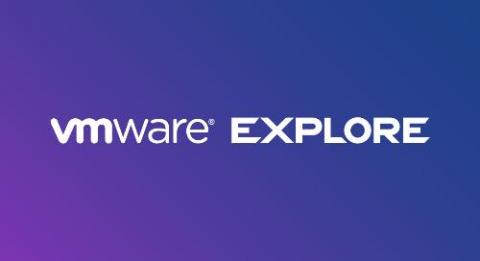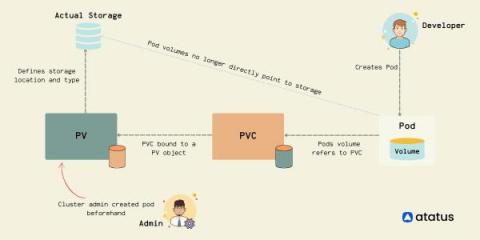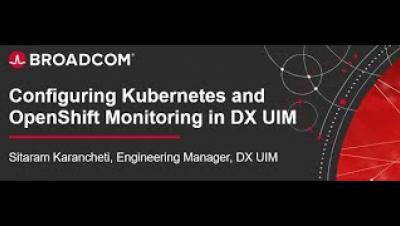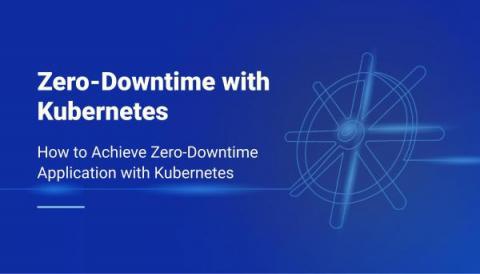Fixing Docker's Slow Performance on MacOS
Docker is designed for Linux. It works most efficiently on Linux systems due to its close integration with the Linux kernel. When handling large filesystems, like the ones built with PHP and Node, Docker desktop (MacOS Environment) experiences significant lag. The main reason is how file synchronization is implemented in Docker for Mac. Plus, disk space consuming behavior of such big PHP Projects.


